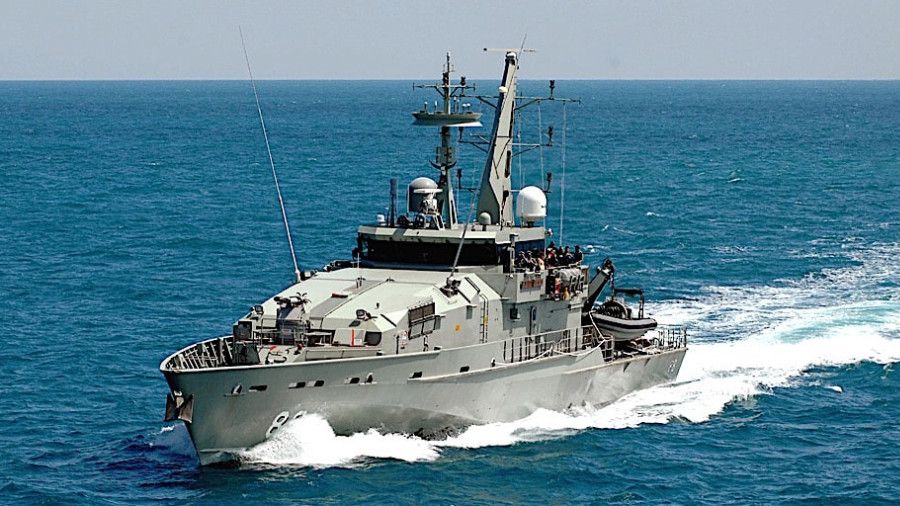
Navigating the AI Tide: Maritime Security in the Indo-Pacific
eWise Blog
Artificial intelligence is reshaping the Indo-Pacific’s maritime security landscape. It offers real-time awareness, faster decision-making, and operational agility. Yet without clear norms and legal frameworks, AI may heighten tensions, especially in already contested waters.
Major regional powers are investing heavily in AI-enabled systems. These include tools to analyse satellite imagery, sonar, and ship data to detect illicit activities or strategic deception. Enhanced capabilities support law enforcement and monitoring of chokepoints like the Strait of Malacca and South China Sea. China leads in AI integration, using it to coordinate unmanned vessels, automate surveillance, and assert maritime claims. This raises concerns about Beijing’s ability to outpace others in decision-making during maritime incidents.
In response, countries like the US, Australia, Japan, South Korea and India are advancing their own AI-driven programmes, such as Project Overmatch and Ghost Shark. AI-powered swarming drones and data fusion centres are central to these efforts.
However, these advancements are not without danger. In areas where multiple navies operate in close quarters, autonomous systems could misread intent or escalate conflict due to flawed algorithms or data bias. The opaque nature of AI decision-making complicates accountability and crisis management.
Smaller Southeast Asian states risk falling behind, lacking the resources to match these technologies. This growing gap may create a tiered security environment, undermining regional stability.
To prevent escalation, Indo-Pacific nations must establish common standards and confidence-building measures. This includes pre-notifying AI vessel deployments, conducting joint system tests, and setting minimum levels of human oversight. Forums like the ASEAN Defence Ministers’ Meeting-Plus and the Quad offer platforms for collaboration.
The region’s maritime future will be shaped not just by fleets, but by the code and logic behind the machines guiding them.




